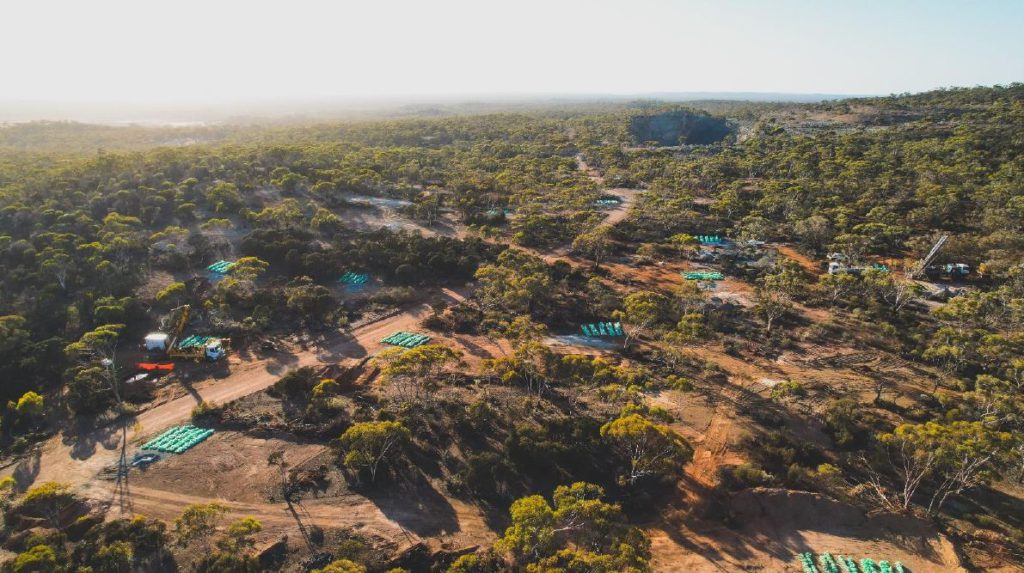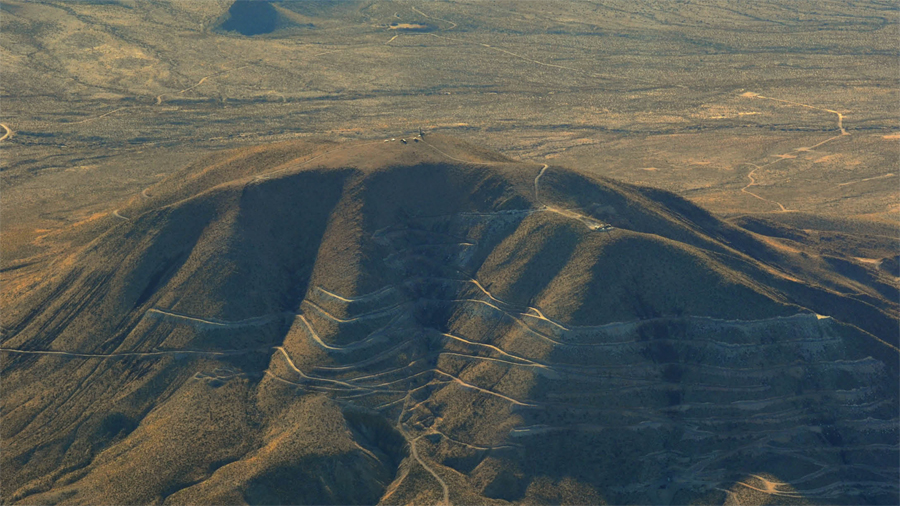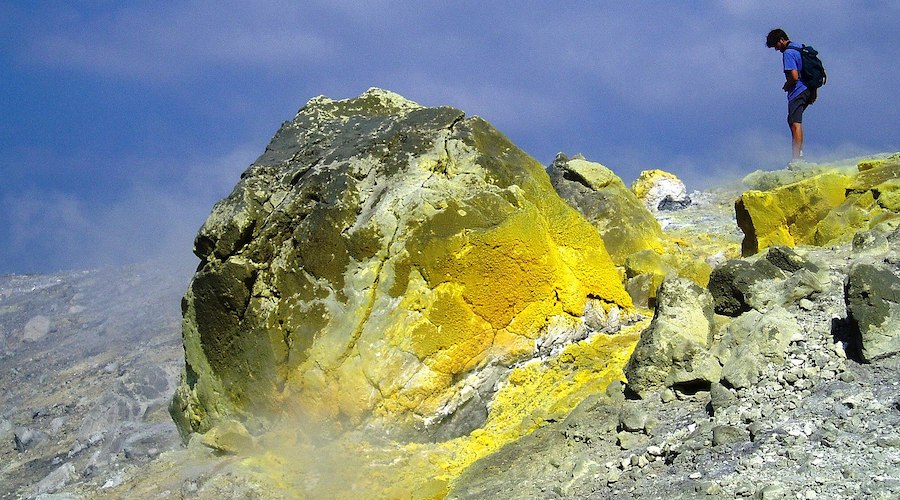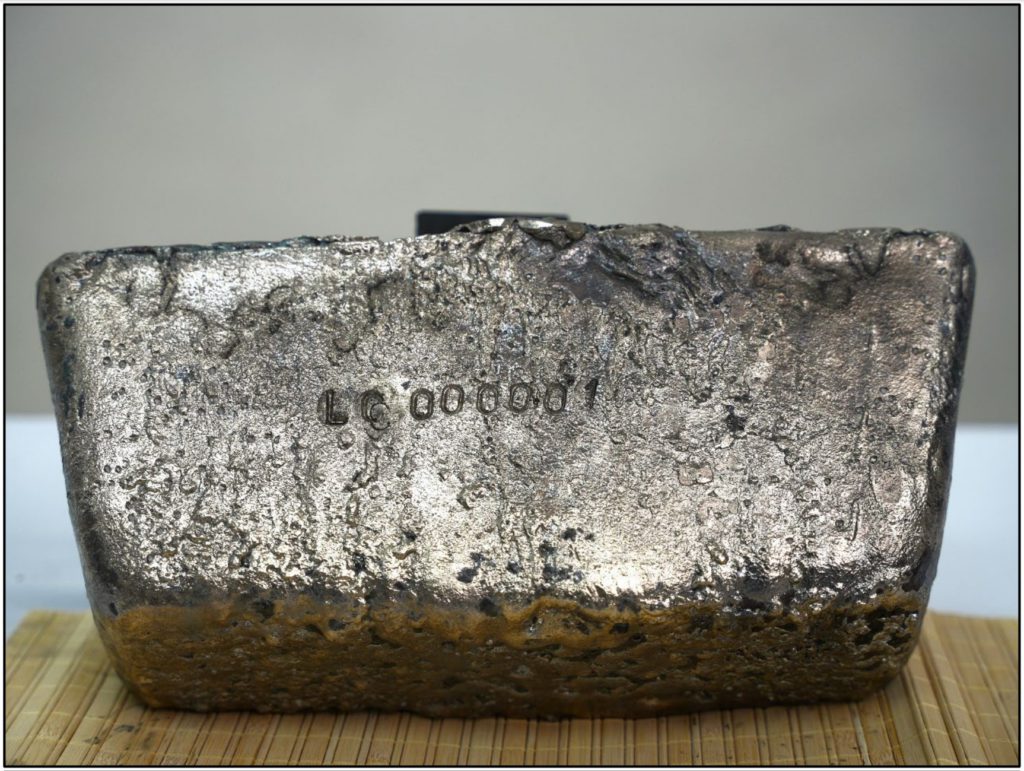Nickel junior’s shares shoot up 50% after high-grade discovery


Significant intersections from MERC225 include:
- 12 metres at 3.40% Ni from 200 metres downhole including 5 metres at 4.84% Ni from 206 metres
- 18 metres at 4.69% Ni from 246 metres downhole including 4 metres at 6.35% Ni from 246 metres and 5 metres at 5.99% Ni from 259 metres
- 2 metres at 1.26% Ni from 277 metres downhole
According to Widgie, the drilling confirms resource growth potential for Gillett along strike to the north-west. The company also said a potential massive sulphide body has been identified in downhole electromagnetic surveys with drilling planned. Gillett and Gillett North mineralisation covers a strike extent of 1,150 metres and remains open along strike and down dip, said Widgie.
“This drill result put simply is ”outstanding”, the discovery of thick, high-grade mineralisation at Gillett North is extremely exciting for Widgie,” managing director Steve Norregaard said in a release. “A brownfield discovery in the middle of the Widgie South area, high-grade in nature, with ample room to grow, will enhance Widgie’s existing resource base and ultimately enhance the underlying project economics.
“Whilst it is early days, the results from this first exploration hole are a major and potentially pivotal step forward in the quest to expand the Company’s nickel resource base in the Widgie South area, providing significant upside.”
Widgie said that the Mt Edwards Project – originally conceived as a lithium and nickel play – represents one of the largest known nickel sulphide resource in Australia, comprising 10.68 million tonnes at 1.6% Ni for 168,150 Ni tonnes.
The project is in a region hosting a number of producing nickel mines and with significant downstream processing infrastructure nearby. The BHP Kambalda concentrator is located approximately 40km to the north east of the Mt Edwards Project.
This post has been syndicated from a third-party source. View the original article here.




